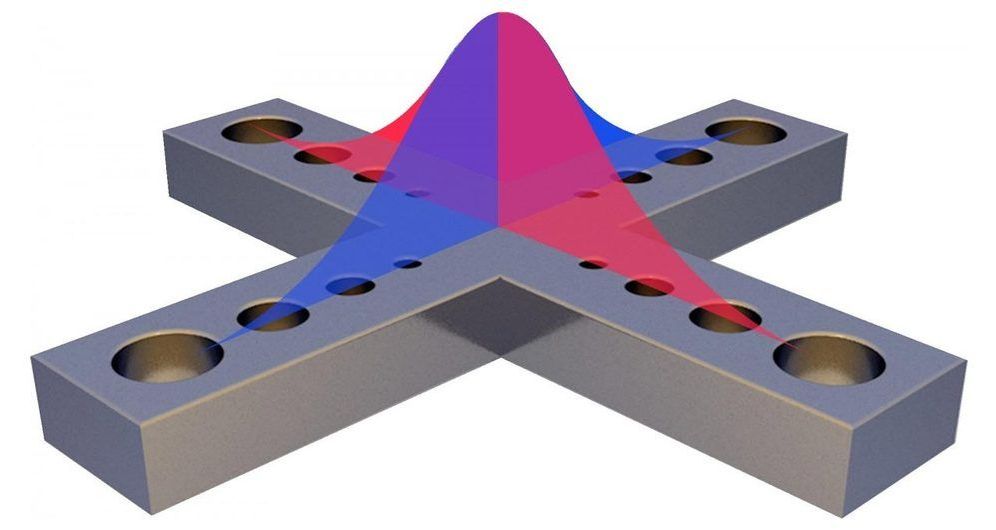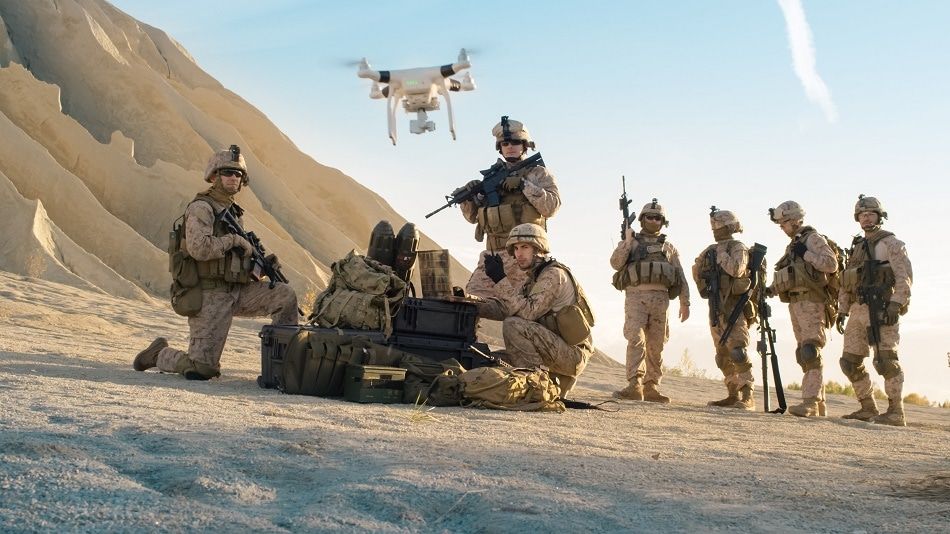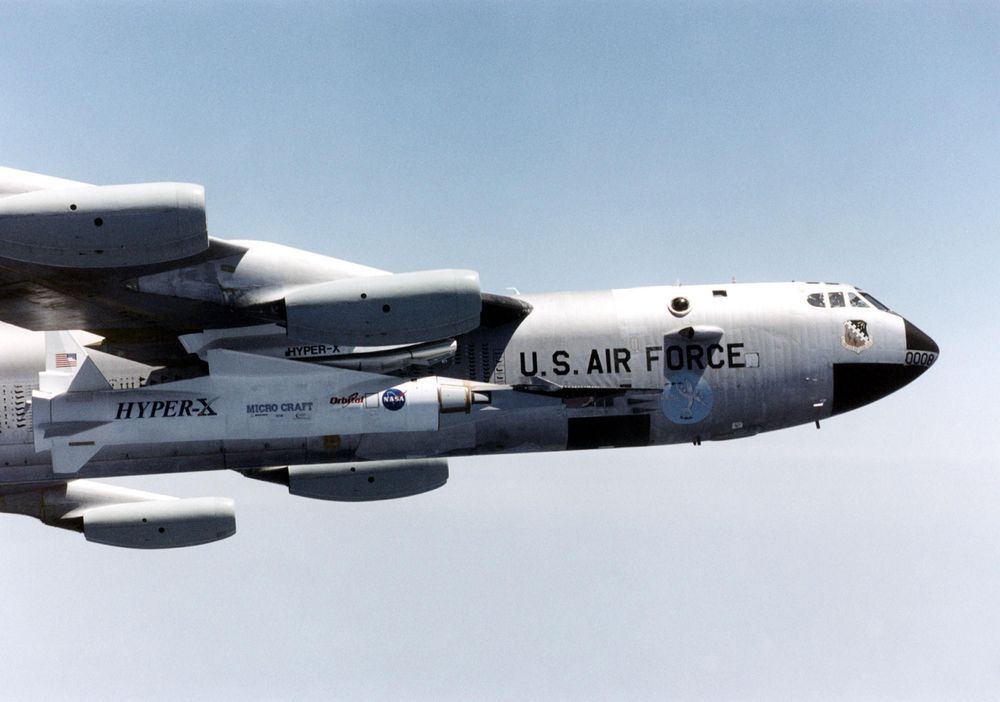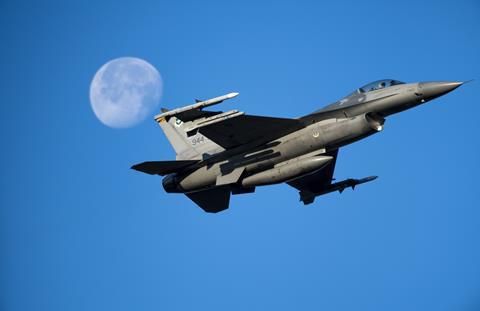May 17, 2020
Czinger 21C: the world’s first 3D printed hypercar | Top Gear
Posted by Omuterema Akhahenda in categories: 3D printing, energy, military
The Czinger 21C is a 1,233bhp 3D printed hypercar complete with a turbo V8 revving to 11,000rpm, a 1+1 layout and $1.7m price tag. Oh, and the big news is it’s 3D printed. Well, large sections of the chassis are, paving the way for a revolutionary new car manufacturing process that could change… everything. It’s mind-blowing stuff, so let Jack Rix be your guide around California’s Koenigsegg rival.
WATCH MORE TOP GEAR:
http://bit.ly/TG-S27
http://bit.ly/StigCams
http://bit.ly/TG-Mercedes
Continue reading “Czinger 21C: the world’s first 3D printed hypercar | Top Gear” »



















